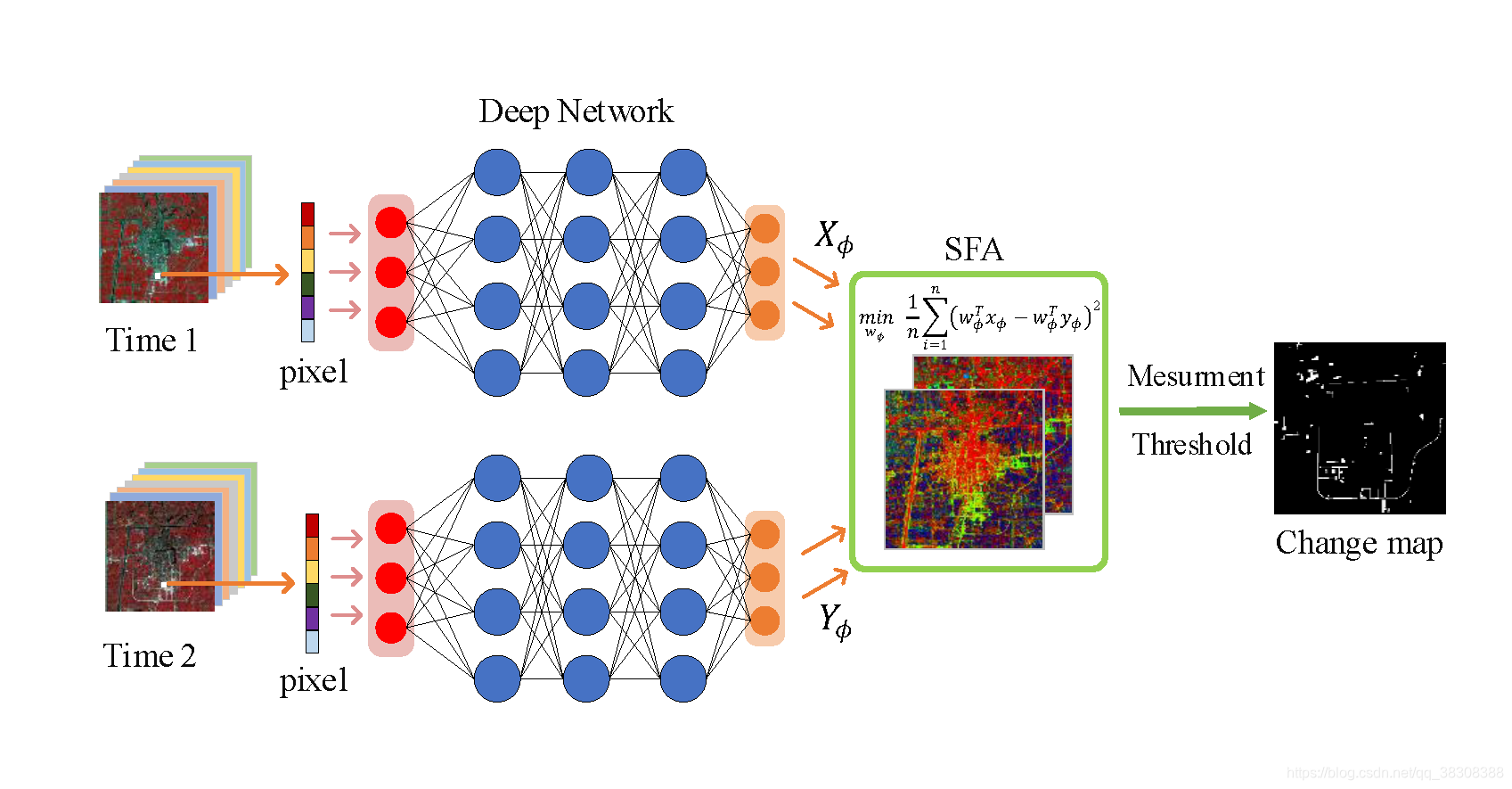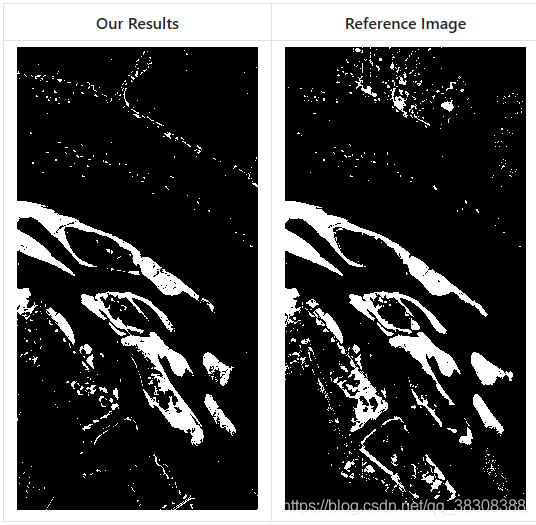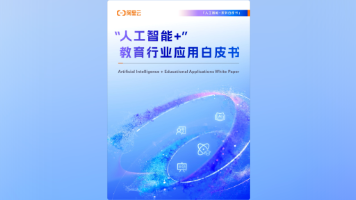变化检测:DSFA模型(含python代码)
2019IEEE Transactions of Geoscience and Remote Sensing武大变化检测新模型:DSFA1.论文地址:Unsupervised Deep Slow Feature Analysis for Change Detection in Multi-Temporal Remote Sensing Images摘要:Change detec...
2019IEEE Transactions of Geoscience and Remote Sensing武大变化检测新模型:DSFA
1.论文地址:Unsupervised Deep Slow Feature Analysis for Change Detection in Multi-Temporal Remote Sensing Images
摘要:Change detection has been a hotspot in remote sensing technology for a long time. With the increasing availability of multi-temporal remote sensing images, numerous change detection algorithms have been proposed. Among these methods, image transformation methods with feature extraction and mapping could effectively highlight the changed information and thus has better change detection performance. However, changes of multi-temporal images are usually complex, existing methods are not effective enough. In recent years, deep network has shown its brilliant performance in many fields including feature extraction and projection. Therefore, in this paper, based on deep network and slow feature analysis (SFA) theory, we proposed a new change detection algorithm for multi-temporal remotes sensing images called Deep Slow Feature Analysis (DSFA). In DSFA model, two symmetric deep networks are utilized for projecting the input data of bi-temporal imagery. Then, the SFA module is deployed to suppress the unchanged components and highlight the changed components of the transformed features. The CVA pre-detection is employed to find unchanged pixels with high confidence as training samples. Finally, the change intensity is calculated with chi-square distance and the changes are determined by threshold algorithms. The experiments are performed on two real-world datasets and a public hyperspectral dataset. The visual comparison and quantitative evaluation have both shown that DSFA could outperform the other state-of-the-art algorithms, including other SFA-based and deep learning methods.
2.开源代码:https://github.com/rulixiang/DSFANet
3.算法结构

4.代码运行环境:
tensorflow_gpu==1.7.0
scipy==1.0.0
numpy==1.14.0
matplotlib==2.1.2
tensorflow==1.14.05.数据格式样例地址:dataset

其中:river_before.mat文件为时相1的图像转为mat文件格式
river_after.mat文件为时相2的图像转为mat文件格式
change.bmp为0-255的变化区域二值图
unchange.bmp为0-255的未变化区域二值图
(unchange.bmp就是将change.bmp中的0变成255,255变成0,可以用一句代码实现)
unchange_bmp = 255 - change_bmpind.mat为0-1的label的mat文件格式
读取mat文件方法可以参考博客:loadmat
6.运行代码:
python dsfa.py [-h] [-e EPOCH] [-l LR] [-r REG] [-t TRN] [-i ITER] [-g GPU]
[--area AREA]
#optional arguments:
#-h, --help show this help message and exit
#-e EPOCH, --epoch EPOCH epoches
#-l LR, --lr LR learning rate
#-r REG, --reg REG regularization parameter
#-t TRN, --trn TRN number of training samples
#-i ITER, --iter ITER max iteration
#-g GPU, --gpu GPU GPU ID
#--area AREA datasets7.结果展示

如有问题,欢迎指正!!!!!
更多推荐
 已为社区贡献4条内容
已为社区贡献4条内容








所有评论(0)